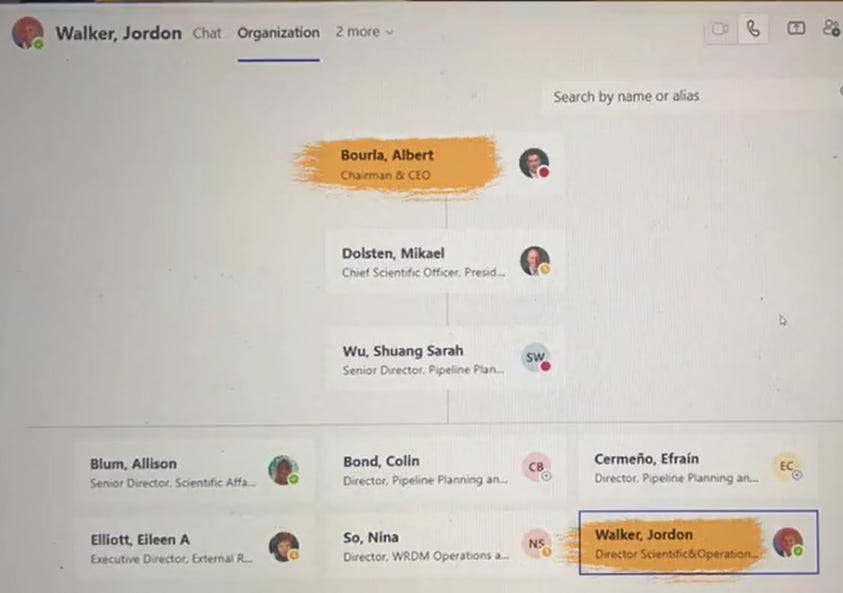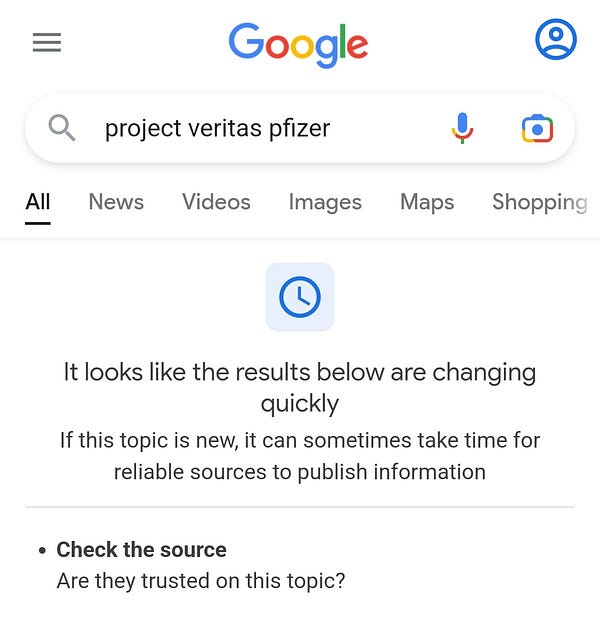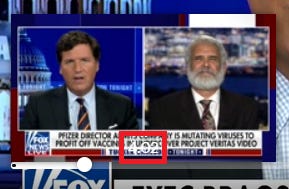NPR talks about “major takeaways” from ATF report
The ATF has always at least felt politicized to gun owners. After all, it’s a federal agency that perpetually seems dedicated to restricting our rights. At no point is there any illustration that the agency actually wants to help gun owners or benefit them in any way.
Lately, though, things were turned up to 11.
But data is, at least in theory, just data. While it can be manipulated in various ways, there’s often some degree of usefulness to it.
Leave it to NPR to not just look at it, but try to present it in the most heavily biased way possible.
Stolen guns, untraceable weapons and other deadly devices are becoming more prevalent in U.S. gun crimes, new federal data shows.
Last week, the Bureau of Alcohol, Tobacco, Firearms and Explosives released an expansive federal report on guns used in crimes in two decades, providing the public with more detail about stolen firearms and gun trafficking.
The data stretches from 2017 and 2021. During that period, local police reported a shrinking turnaround time for a legally purchased gun to be used in a crime. It also provides insight into the spike in ghost guns and conversion devices.
ATF Director Steven M. Dettelbach wrote that the findings offer “strategic intelligence” for policy makers, law enforcement and researchers to reduce gun violence.
Gun policy experts have said that the release of this data is a big step in better understanding gun crime in the U.S., and can better educate policymakers on the need to regulate several areas of the gun industry.
Because it’s always about regulation, isn’t it.
It should be noted that while this is posted on NPR’s website there’s no actual link to the ATF’s report. Nor does there appear to be a press release on the ATF’s website.
Interesting.
So what about these takeaways in question? Well, it’s interesting in how little framing we’ve got.
Legally purchased firearms are being used in crimes sooner than ever
The ATF found that 54% of traced crime guns were recovered by law enforcement more than three years after their purchase. Those guns were legally purchased, but were later used in crimes, the report indicated.
“Crime guns may change hands a number of times after that first retail sale, and some of those transactions may be a theft or violate one or more regulations on firearm commerce,” the ATF’s report reflected.
“We’ve had record gun sales in the United States, particularly in and around the pandemic, in 2020 and 2021. And the vast majority of those guns are, of course, purchased by law abiding citizens and with no intent to commit crime,” James Densley, a sociologist with the Violence Project, said. In addition to tracking mass shootings with the Violence Project, Densley also studies everyday gun violence and homicide.
“But what we know is from the large numbers of gun sales, there are lots of ways that legal guns end up in the hands of prohibited persons.”
OK, but what’s not mentioned is how much the time has reduced. Are we talking years earlier or mere days? That’s some important information. After all, if the time dropped from 20 years to three, then something sure does seem wonky. If it goes from 3.2 years to 3.1 years, not so much.
That’s far from the only takeaway, though. For example, they note more than a million guns are stolen, which is unfortunate to say the least. Stolen guns are a huge problem and something lawful gun owners want to help mitigate as best they can.
After all, if my guns get stolen, not only am I deprived of my property but someone else might be hurt with one.
NPR also brings up the ATF’s great boogieman, “ghost guns.”
Privately made firearms, also called “ghost guns,” and their involvement in crime “is an emerging issue,” the ATF said in its analysis. Still, law enforcement agencies are just beginning to establish uniform training on how to recognize, identify, and report ghost guns.
The number of suspected ghost guns recovered by law enforcement agencies and sent to the ATF for tracing and tracking “increased by 1,083% from 2017 (1,629) to 2021 (19,273).” This indicates, for one thing, that these ghost guns are increasingly being used to commit crimes, the ATF concludes.
Now, let’s be clear, that is a significant increase over such a short stretch of time.
However, the better question is what percentage of total guns sent for tracing did unserialized firearms account for from year to year.
Let’s remember that 2020 and 2021 were particularly violent years. It’s entirely likely that at least some of that increase was really just because of the increase in violent crime as a whole.
I suspect that if we looked at those numbers, the difference wouldn’t seem so stark.
Yet despite that, it does look like a lot more so-called ghost guns are being sent to the ATF for tracing. I can’t help but note, however, that until the media started freaking out over homemade firearms, remarkably few people were using them for criminal activity.
That didn’t make it in this report, I’m sure.
Look, I could go through the whole thing, but all we have is biased reporting of what the ATF’s report said and we know how that goes. Absolutely none of it changes the fact that our rights are what they are and that gun control laws uniformly fail to prevent criminals from arming themselves.
As such, the report was mostly a waste of taxpayer dollars.
In that way, it’s much like the ATF itself.






